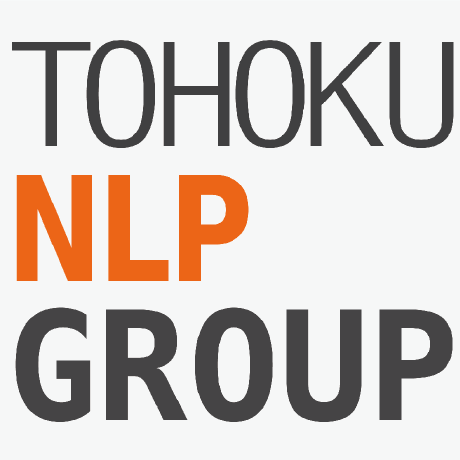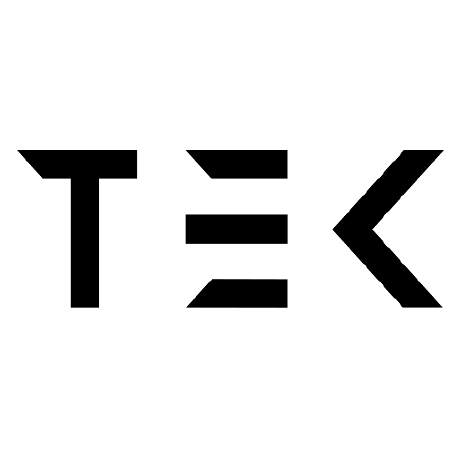Discover and explore top open-source AI tools and projects—updated daily.
KoELECTRA by  monologg
monologg
Pretrained ELECTRA model for Korean language tasks
Top 52.9% on SourcePulse
KoELECTRA provides pretrained ELECTRA models specifically for the Korean language, offering improved performance over BERT-like models by leveraging the Replaced Token Detection pre-training task. It is designed for researchers and developers working with Korean NLP tasks, enabling more effective text understanding and generation.
How It Works
KoELECTRA utilizes the ELECTRA architecture, which trains a discriminator model to distinguish between original and replaced tokens generated by a smaller generator model. This approach allows for learning from all input tokens, leading to greater efficiency and performance. The models are trained on a substantial Korean corpus (34GB) and are compatible with the Hugging Face Transformers library.
Quick Start & Requirements
- Install: Use the Hugging Face Transformers library.
- Prerequisites: Python, Transformers library. No specific OS or hardware requirements beyond standard Python environments.
- Usage: Load models directly from Hugging Face Hub (e.g.,
monologg/koelectra-base-v3-discriminator). - Links: Hugging Face Hub, Transformers Documentation
Highlighted Details
- Offers multiple versions (v1, v2, v3) with varying training data and vocabulary sizes.
- Provides both "Base" (768 hidden size) and "Small" (128 hidden size) variants.
- Achieves competitive results on various Korean NLP benchmarks including NSMC, Naver NER, PAWS, KorNLI, KorSTS, Question Pair, KorQuaD, and Korean-Hate-Speech.
- Models are readily available on Hugging Face S3, eliminating manual downloads.
Maintenance & Community
- The project is actively maintained, with updates including new versions (v2, v3), bug fixes (PyTorch loading issues), and TensorFlow v2 model uploads.
- References to related projects and resources are provided.
Licensing & Compatibility
- The repository does not explicitly state a license. However, usage via Hugging Face implies compatibility with the Transformers library's licensing. Commercial use should be verified.
Limitations & Caveats
- The specific license for the models and code is not clearly stated in the README, which may pose a concern for commercial applications.
- While TensorFlow v2 models are available, the README notes that direct loading from
tf_model.h5was removed due to issues, reverting tofrom_pt=Trueloading.
1 year ago
1 day

 taishi-i
taishi-i llm-jp
llm-jp artitw
artitw kiyoungkim1
kiyoungkim1 cl-tohoku
cl-tohoku SKT-AI
SKT-AI mgrankin
mgrankin imcaspar
imcaspar yuanzhoulvpi2017
yuanzhoulvpi2017 ymcui
ymcui microsoft
microsoft